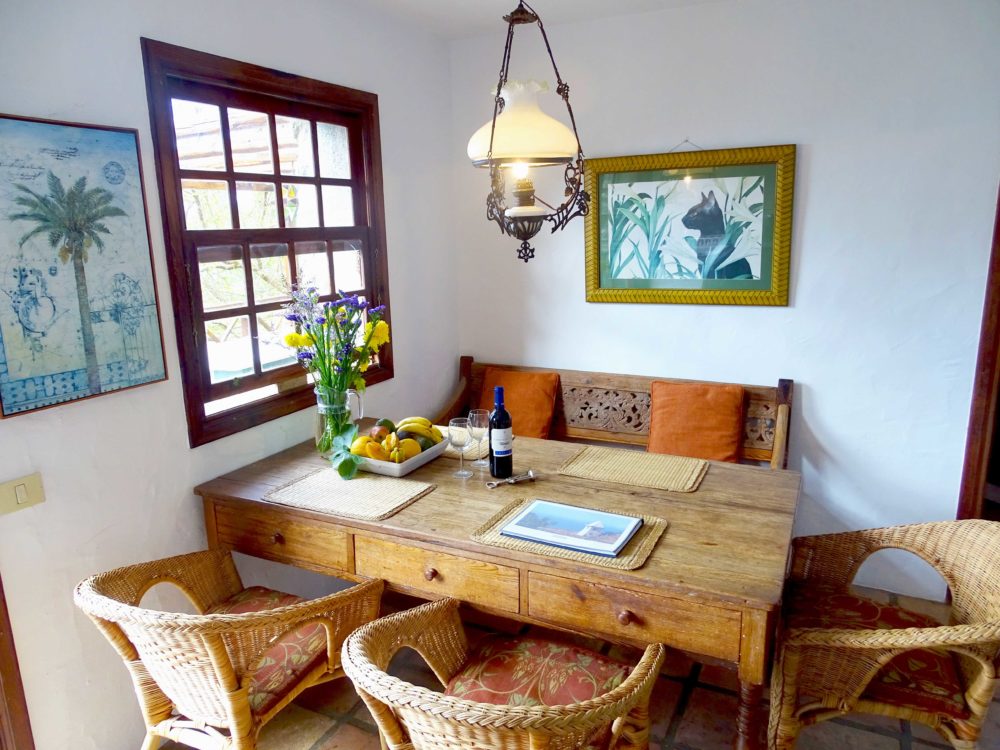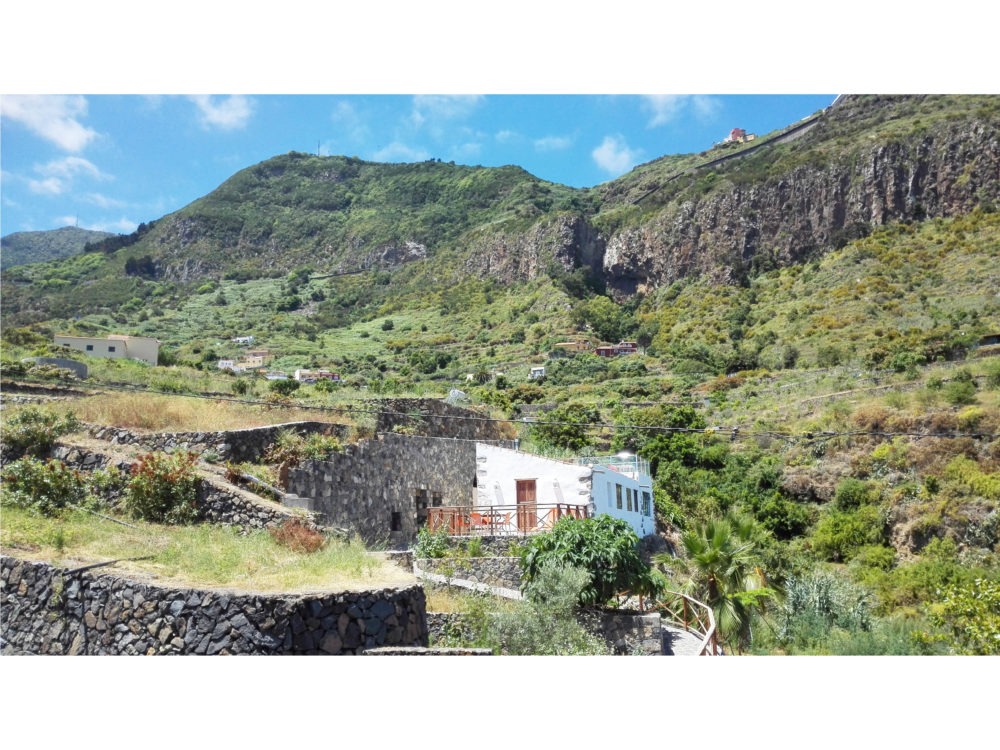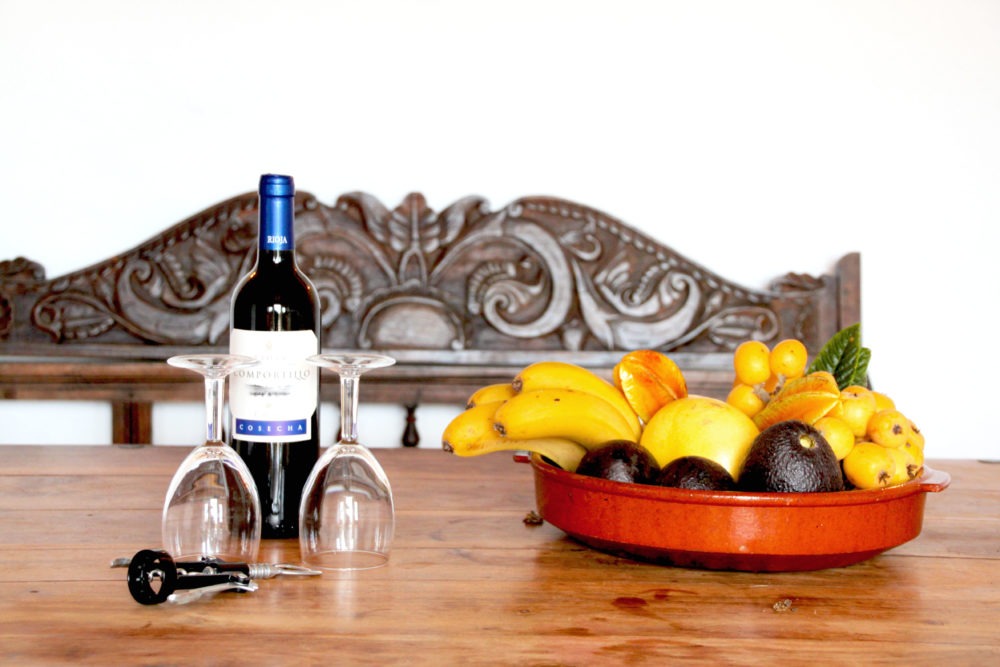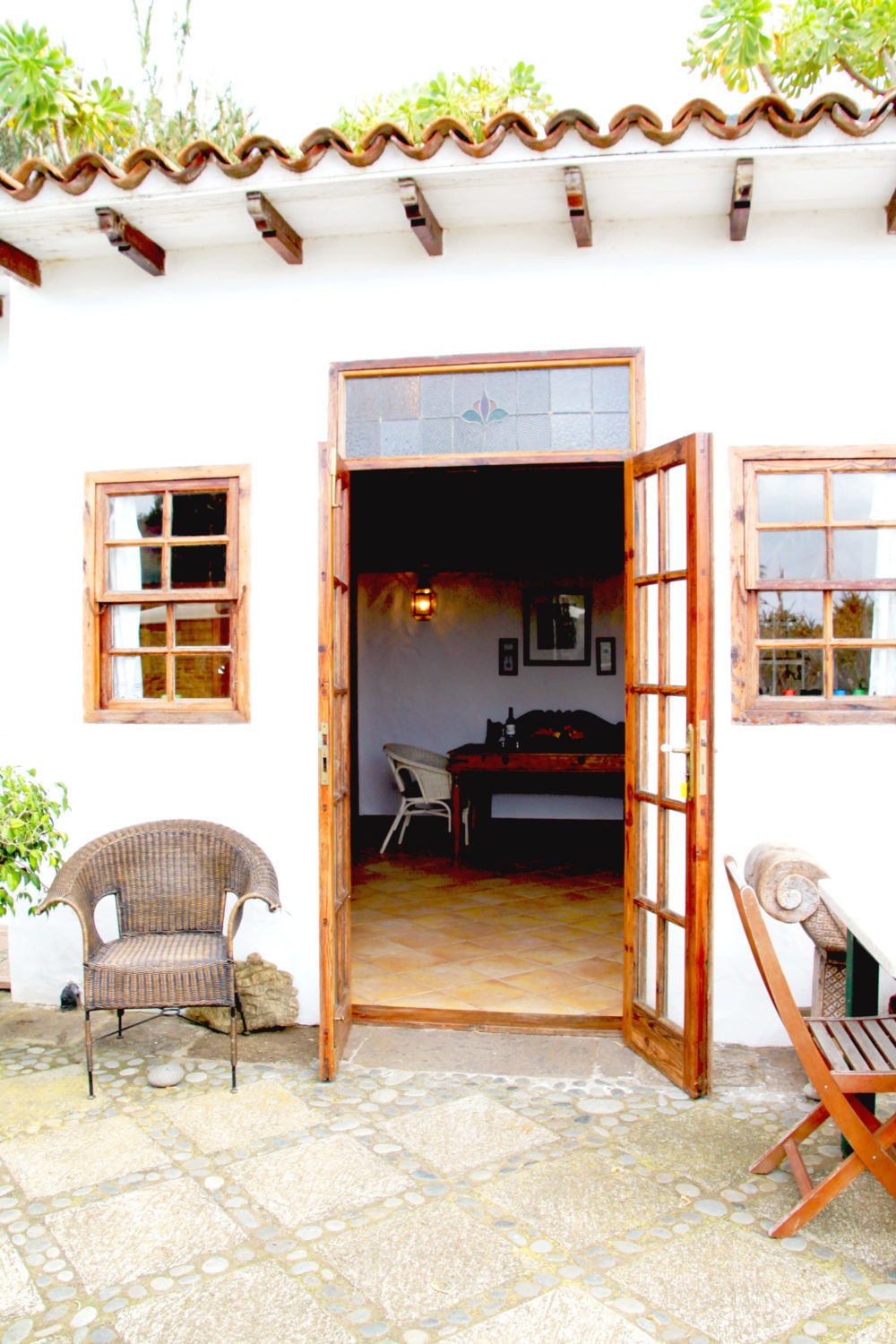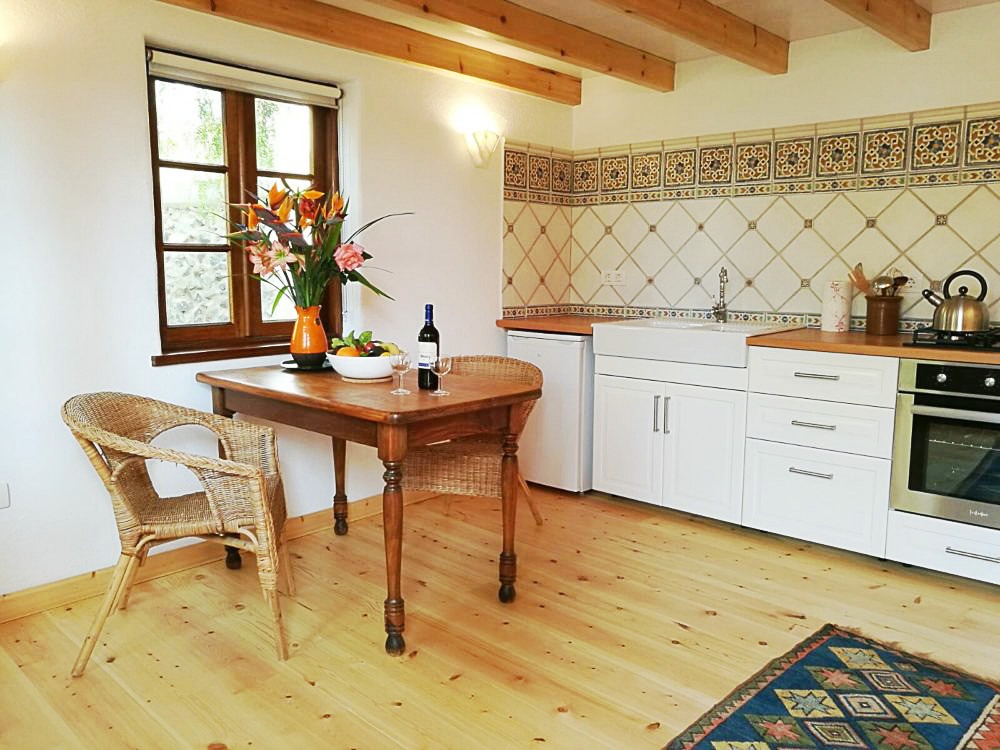Eucalyptus globulus
Blauer eukalyptus
Englische Bezeichnung: Tasmanian Blue Gum
Spanische Bezeichnung: Eucalipto Blanco

Familie
Myrtengewächse (Myrtaceae)
Finca Information:
Der älteste Baum auf unserer Finca – schon über 130 Jahre alt. In dieser Lage schenkt er uns Schatten im Hochsommer, und in dieser extrem steinigen Landschaft ein Überlebenskünstler. Im letzten Sturm (Februar 2020) mit 160 Km/h verlor er ½ seiner Baumkrone.
Der Anbau von Eukalyptus führt häufig zu Problemen, weil er den Boden bis in die Tiefe austrocknet, den heimischen Tieren keinen Lebensraum bietet, andere Pflanzenarten aggressiv verdrängt und die Waldbrandgefahr verstärkt. In verschiedenen Regionen haben sich die durch Eukalyptus angefeuerten, intensiveren Waldbrände negativ auf die heimische Fauna ausgewirkt, den Nährstoffgehalt der Böden verringert und zu stärkerer Bodenerosion geführt.
Auf den Kanaren gilt er als Invasorenpflanze, da er unter anderem die einheimische Vegetation verdrängt. In La Esperanza gibt es ganze Wälder aus Eukalyptusbäumen.
Family
Myrtle (Myrtaceae)
The oldest tree on our finca – already over 130 years old. In this location it gives us shade in high summer, and in this extremely stony landscape it is a survivor. In the last storm (February 2020) with 160 km/h it lost ½ of its crown.
The cultivation of eucalyptus often leads to problems because it dries out the soil to the depths, provides no habitat for native animals, aggressively displaces other plant species and increases the risk of forest fires. In various regions, more intense forest fires fuelled by eucalyptus have negatively affected native fauna, reduced soil nutrient content and led to more severe soil erosion.
In the Canary Islands it is considered an invasive plant because, among other things, it displaces native vegetation. In La Esperanza there are entire forests of eucalyptus trees.
